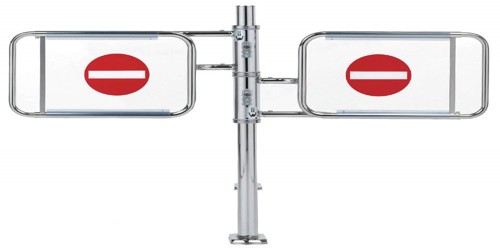Sources of Barriers to Exit
Barriers to exit are obstacles in the path of a firm which wants to leave a given market or industrial sector. These obstacles often cost the firm financially to leave the market and may prohibit it from doing so. These are the obstacles or impediments that prevent a company from exiting a market.
If the barriers of existing are significant; a film may be forced to continue competing in a market, as the costs of leaving may be higher than those incurred, if they continue competing in the market.
A classic example is the airline industry, even when carries go bankrupt, new capital gets injected, the capacity remains in the industry and they re-emerge after a bankruptcy proceeding. There are several reasons that barriers to exit are high:
- Airplanes are very specific assets – you cannot use them for anything else except flying.
- They have little scrap value,
- When not in use they deteriorate. So companies will keep them flying rather than mothball them.
- Politics, Countries are tempted to subsidize rather than let their national carrier exit the business.
The factors that may form a barrier to exit include:
- High investment in non-transferable fixed assets: This is particularly common for manufacturing companies that invest heavily in capital equipment which is specific to one task.
- High redundancy costs: If a company has a large number of employees, employees with high salaries, or contracts with employees which stipulate high redundancy payments, then the firm may face significant cost if it wishes to leave the market.
- Other closure costs: Contract contingencies with suppliers or buyers and any penalty costs incurred from cutting short tenancy agreements.
- Potential upturn: Firms may be influenced by the potential for an upturn in their market that may reverse their current financial situation.















